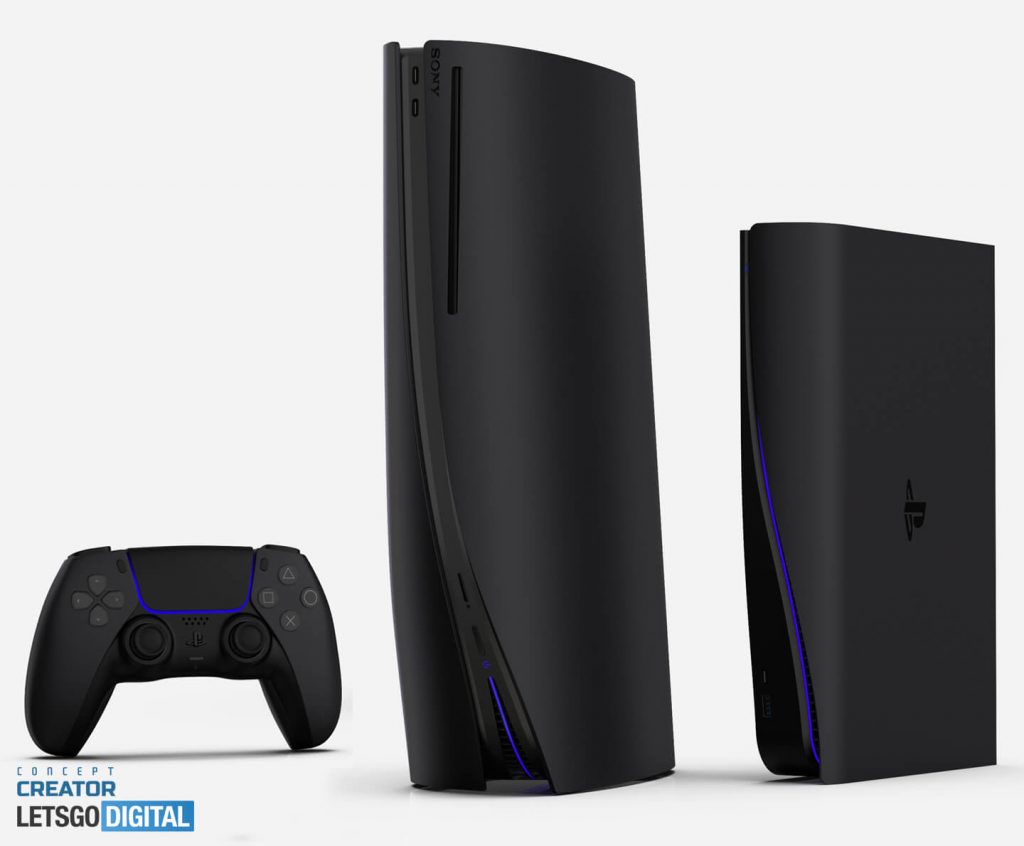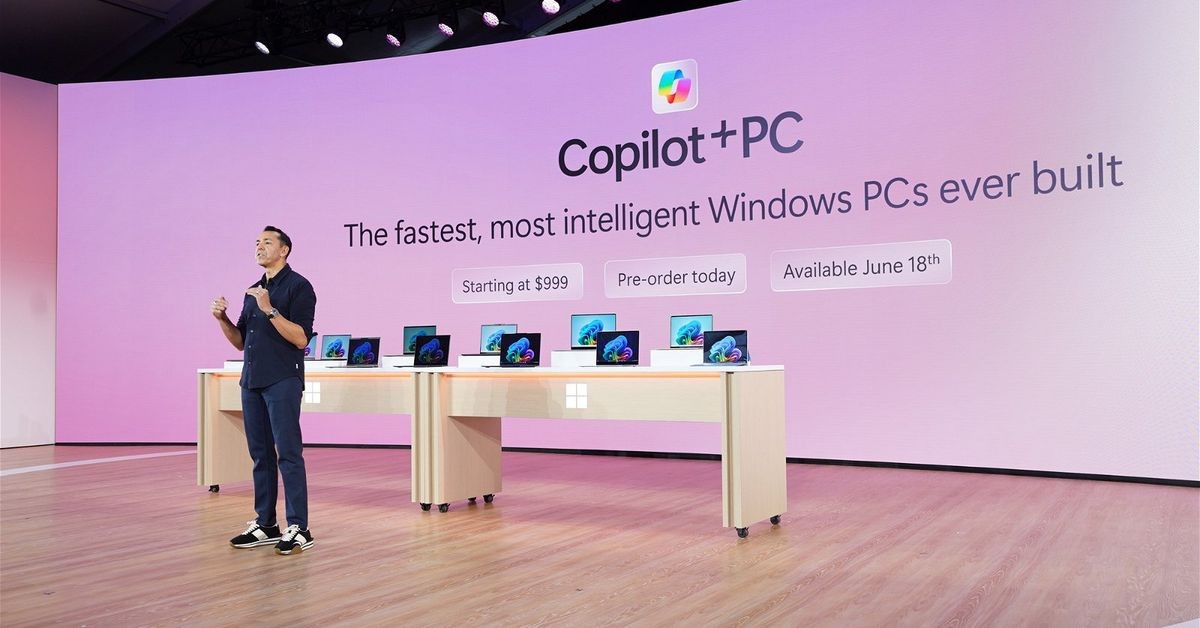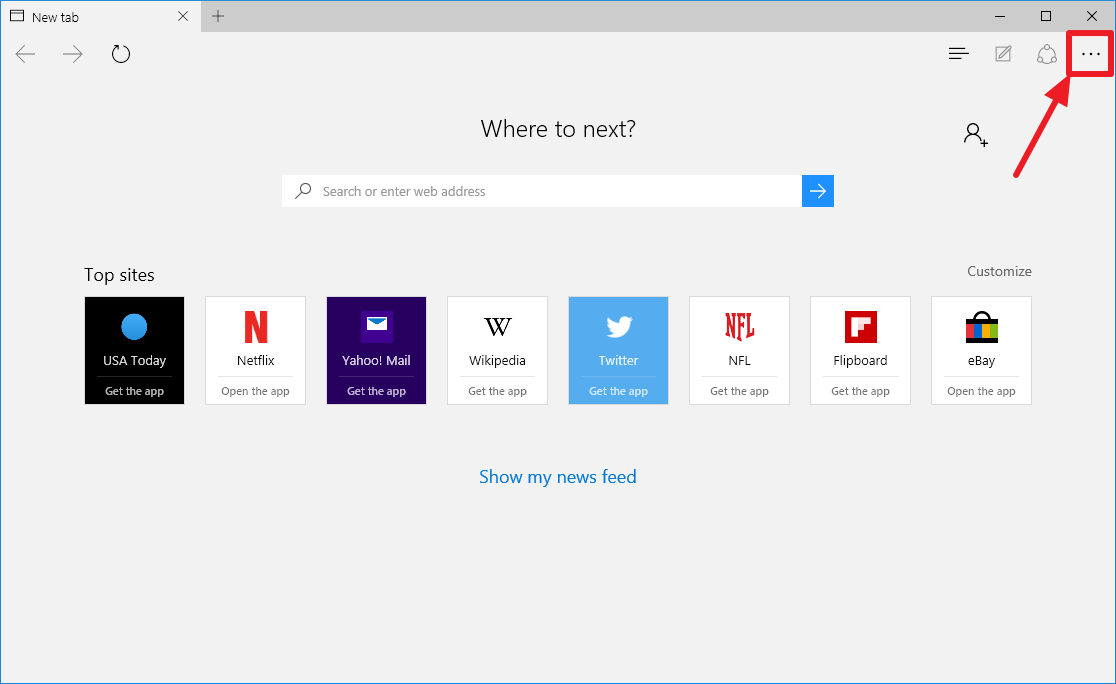


As Sony prepares to release its upgraded PlayStation 5 Pro later this year, developers are already gearing up to take advantage of the console's revamped hardware. The new "Trinity" SoC made by AMD and TSMC boasts a 45% faster GPU and improved ray tracing abilities, promising a more immersive gaming experience. Sony's Spectral Super Resolution technology and support for up to 8K resolution aim to take console gaming to the next level.
Sony Prepares to Unveil Upgraded PlayStation 5 Pro with Enhanced Hardware
Sony is set to release an upgraded version of its popular PlayStation 5 console later this year, tentatively dubbed the "PlayStation 5 Pro." This highly anticipated release promises significant enhancements to hardware capabilities, offering gamers an even more immersive and visually stunning gaming experience.
Hardware Enhancements
The centerpiece of the PlayStation 5 Pro is its revamped hardware. The new "Trinity" System-on-Chip (SoC), designed by AMD and TSMC, features a 45% faster Graphics Processing Unit (GPU) than the current PlayStation 5. This increased processing power translates to improved graphical fidelity, smoother gameplay, and enhanced ray tracing capabilities for more realistic lighting and shadows.
Furthermore, Sony's Spectral Super Resolution technology and support for resolutions up to 8K elevate console gaming to new heights. These advancements aim to deliver crisp, sharp visuals with unprecedented detail and clarity.
Developer Support
Developers are eagerly anticipating the release of the PlayStation 5 Pro, recognizing its potential to unlock new creative possibilities. They are already working on games that will fully leverage the console's upgraded hardware, promising a new wave of immersive and engaging gaming experiences.
Historical Context
Sony has a history of releasing upgraded versions of its PlayStation consoles, aiming to extend the lifespan of its gaming hardware and provide gamers with the latest technology. Previous examples include the PlayStation 2 Slim, PlayStation 3 Super Slim, and the upcoming PlayStation 5 Pro.
Top 5 FAQs and Answers
Q1: When will the PlayStation 5 Pro be released? A1: Sony has not officially announced a release date, but rumors and leaks suggest it will be available sometime in late 2023 or early 2024.
Q2: How much will the PlayStation 5 Pro cost? A2: The pricing has not been confirmed, but it is expected to be more expensive than the current PlayStation 5.
Q3: Will the PlayStation 5 Pro be backwards compatible with current PS5 games? A3: Yes, the PlayStation 5 Pro is expected to be fully backwards compatible with all existing PlayStation 5 games.
Q4: Will the PlayStation 5 Pro be the last major hardware upgrade for PS5? A4: It is too early to say, but it is possible that Sony will release additional hardware upgrades in the future as technology continues to advance.
Q5: What games will be optimized for the PlayStation 5 Pro? A5: Developers are currently working on games that will showcase the enhanced capabilities of the PlayStation 5 Pro, but specific titles have not yet been announced.

Microsoft has announced the expansion of AI features to Copilot+ PCs powered by Intel and AMD chipsets. This includes popular features such as Live Captions, Cocreator, Restyle Image, and Image Creator. The company has also added new capabilities to Voice Access for Snapdragon X series chipsets, with plans to roll it out to Intel and AMD-powered devices later this year. These updates are part of the March 2025 Windows non-security preview update, and will improve the overall user experience for Copilot+ PC users.

The long-awaited Motorola Edge 60 Fusion has finally arrived in India, boasting flagship-level features and towering performance capabilities. Available in two storage variants, the phone offers up to 12GB of RAM and 256GB of storage, with three vibrant color options. But the real standout is its impressive camera setup and powerful battery, making it a strong competitor in the mid-range flagship market. The Motorola Edge 60 Fusion comes packed with top-of-the-line features, including a stunning 6.7-inch all-curved pOLED display with a 120Hz refresh rate and Water Touch 3.0 support. It also sports a MediaTek Dimensity 7400 SoC and promises three years of Android OS upgrades. Additionally, with Moto AI features, dual stereo speakers, and Dolby Atmos support, this phone promises to enhance your overall smartphone experience.

Microsoft has taken a step towards improving the user experience of Edge browser by addressing the issue of a bloated menu. In the latest version, Edge Canary, the menu has been rearranged and features like collections, apps, and browser essentials have been moved to the "More tools" option, making the menu smaller and easier to navigate. Users can also now easily access features like Extensions and update their privacy and appearance settings. These changes aim to make the user's browsing experience smoother and more user-friendly.

OpenAI, an AI giant, has announced their latest project and is seeking feedback from developers, researchers, and the broader community. The upcoming open language model will be released in the near future, and developers will have the opportunity to attend feedback sessions and play with early prototypes. This open-weight model will allow users to modify digital neurons and could potentially change the model's associations and emphasis. OpenAI CEO, Sam Altman, stated that they have been thinking about this model for a long time and are now ready to prioritize its development with the help of the community.

Realme has released its latest budget-friendly 5G smartphone, the Realme 14 5G, with impressive features like 12GB RAM, a Snapdragon 6 Gen 4 processor, and an advanced cooling system. With its sleek design and gaming-centric features like GT Gaming Boost Mode and liquid cooling, this phone is a great choice for tech-savvy gamers. It also boasts a 6.67-inch FHD+ display with a 120Hz refresh rate and up to 512GB of storage space. Running on Realme UI 6 and equipped with a 6000mAh battery and IP ratings for durability, the Realme 14 5G offers a powerful and reliable user experience.

Imagine having a gadget that could understand and respond like a real person, with the ability to access and process vast amounts of information. Apple's co-founder, Steve Jobs, envisioned this idea back in 1983, as seen in a rare video from the Steve Jobs Archive. During the International Design Conference, Jobs spoke about the potential of revolutionary AI technology and its impact on society in the next few decades. Little did he know that his prediction would become a reality with the launch of the Macintosh in 1984 and the iPhone in 2007. This rediscovered footage provides a glimpse into Jobs' ability to foresee and shape the future of technology.

BSNL has launched a special recharge plan aimed at IPL fans, offering a whopping 251GB of high-speed data for just Rs 251. This plan is perfect for those looking to stream cricket matches without any worry of data expenses. However, users should note that the plan only offers data benefits and separate recharges are needed for calling and SMS services. This limited-time offer is available through BSNL's official website and Self Care App.

Motorola is set to release its newest smartphone, the Edge 60 Fusion, on April 2 and new leaked renders give a glimpse at what to expect. The device will come in four color options and is expected to feature MediaTek's new Dimensity 7400 chipset. These official-looking renders also highlight the color-matched frame, camera placement, and curved display.

Prime Minister Narendra Modi has recently joined the viral trend of AI-generated Studio Ghibli-style portraits, thanks to ChatGPT's latest update. MyGov India shared a series of animated pictures of PM Modi, portraying him in various key moments and activities. With the heavy demand for the Ghibli-style image-generator, ChatGPT's GPUs are facing "rate limits" and causing "melting."

The Gurugram Commissioner of Police, Vikas Arora, launched a new initiative to gather feedback from visitors to the police stations in the district. The program involves installing QR codes at all the police stations, which can be scanned by visitors to share their feedback and suggestions digitally. This unique system will help in assessing the performance of each police station and improving their functioning.